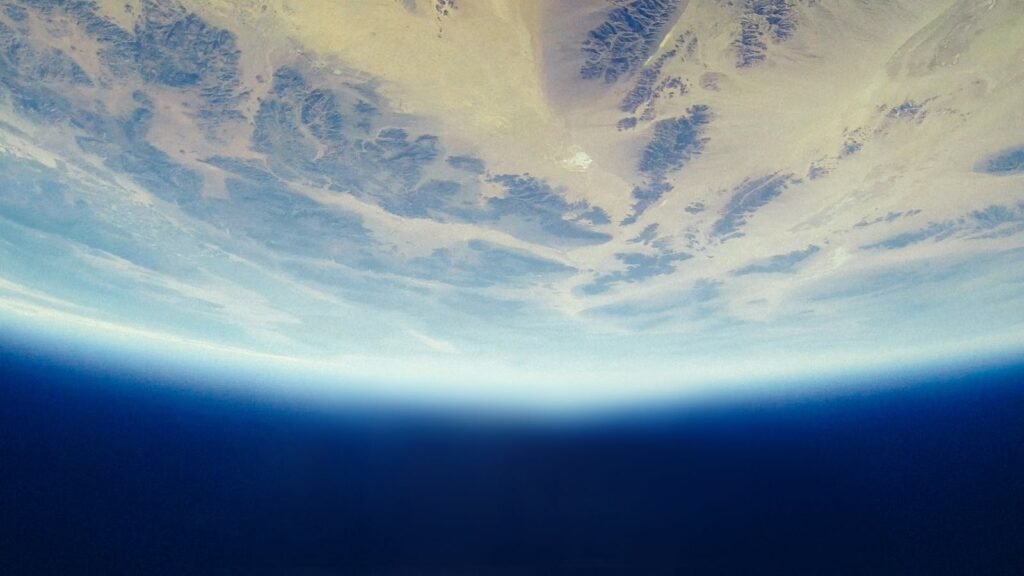Imagine leaving and struggling to breathe not from pollution but from the air itself disappearing. Though headlines mostly feature climate change, a far more existential crisis looms: the oxygen of Earth is vanishing. Not in decades, not in centuries, but over billions of years our planet will choke. Scientists warn that Earth will become uninhabitable for complex life as atmospheric oxygen falls to prehistory. Driven by the evolution of the sun and geological changes, the process could develop faster than predicted and human activity could be hastening it. This is the unavoidable destiny of our planet, not science fiction. But just how quickly will it occur? And is it something we could stop?
The Great Deoxygenation: A Repeat of Earth’s Past

The Great Oxidation Event (GOE) flooded Earth’s atmosphere with oxygen over 2.4 billion years ago, so allowing life as we know it. Researchers now project a reverse scenario: a fast drop in oxygen returning our planet to a condition akin to the Archean Eon, when only bacteria lived. Published in Nature Geoscience, a 2021 study projected the atmospheric future of Earth and found that oxygen levels could drop a million-fold, rendering the air uninhabitable for humans and animals.
There is not a slow deoxygenation here. It might happen in a geological blink of just 10,000 years, much as the GOE. The offender is this. A sun nearing death. Rising luminosity of our star will heat Earth and break down CO₂ by silicate weathering as it ages. Less CO₂ means less photosynthesis-dependent plants, the main source of oxygen. Without them, millennia’s oxygen could bleed from the atmosphere.
The Sun’s Betrayal: How a Brighter Star Will Strangle Earth
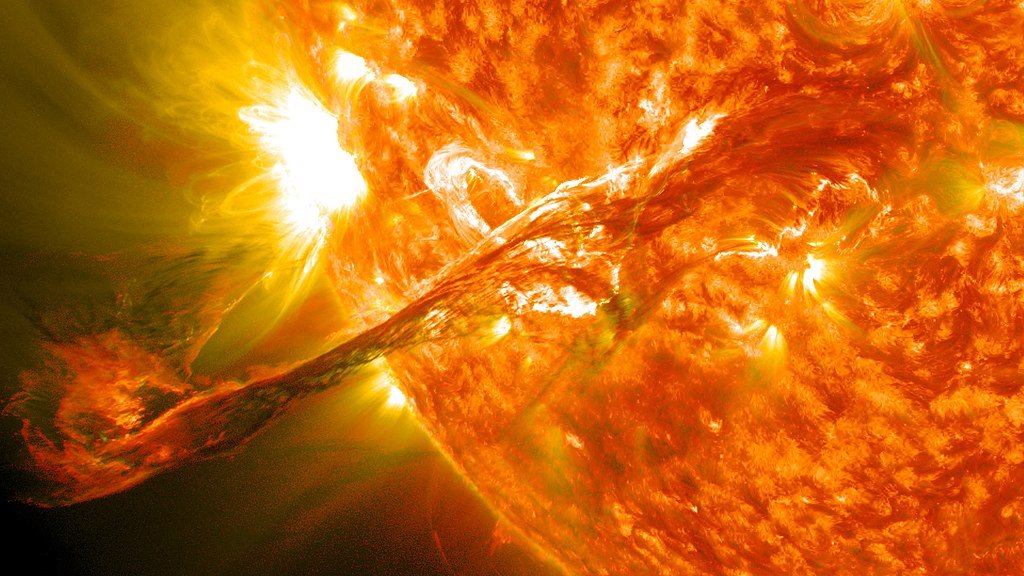
The life-giver for Earth, the sun will turn into her killer. Solar radiation will intensify by 10%, supercharging evaporation and stripping atmospheric moisture in about a billion years. A greenhouse gas, water vapor will trap more heat, hastening the reduction in CO₂. Photosynthesis in plants collapses once CO₂ drops below 10 parts per million (ppm) a threshold vital for survival. Not one plant, not one oxygen source.
This situation reflects Venus, when a runaway greenhouse effect transformed a once-habitable planet into a hellscape. Though the result is just as dismal a suffocating, sterile planet Earth’s fate won’t be as extreme.
Human Pollution: Accelerating the Inevitable?
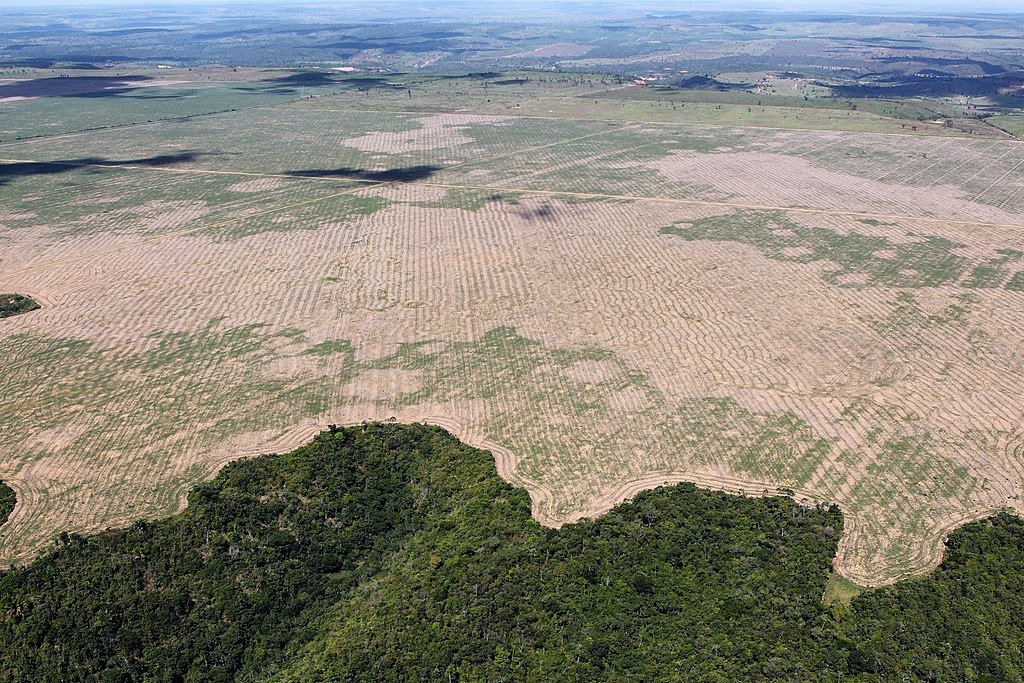
Although the evolution of the sun determines Earth’s long-term fate, human activity could accelerate oxygen loss. Deforestation destroys 15 billion trees annually, so compromising the photosynthetic lungs of Earth. Excess CO₂-driven ocean acidification kills phytoplankton, which account for half of the oxygen on Earth.
Worse, burning fossil fuels consumes oxygen rather than only producing CO₂. Three tons of oxygen go away for every ton of burned gasoline. We are draining oxygen supplies 1,000 times faster than natural replenishment at current rates. Should trends persist, cities such as Beijing or Mexico City could experience lethal oxygen shortages over centuries.
Mars and Venus: Ghosts of Earth’s Future
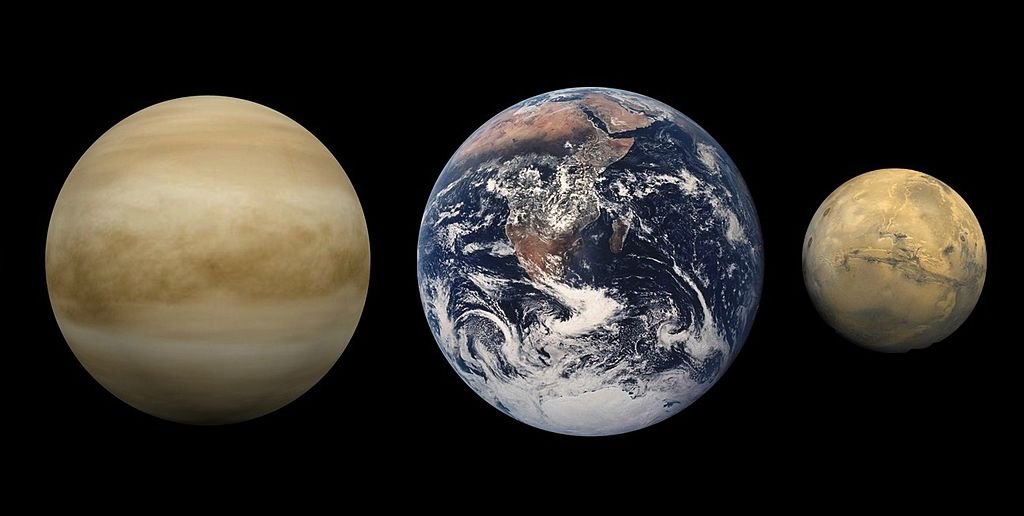
Our next planets provide dismal forebounds. Mars once had flowing water and a thick atmosphere, but solar winds stripped it naked, leaving an oxygen-starved wasteland. Venus, meantime, gave up to a CO₂-rich greenhouse catastrophe. Both worlds lost their possible life and their oxygen.
Although the road of Earth may vary, the destination is same. Complex life runs away without oxygen. As they did billions of years ago, only extremophile bacteria surviving in sulfur or methane could endure.
Can We Stop It? The Frantic Race to Delay Doom
Though it is not possible to stop solar evolution, could we buy time? Suggestions consist in:
- Scientists are building synthetic leaves that ten times more effectively convert CO₂ to oxygen than natural leaves. Scaled, they might offset destruction of forests.
- Giant orbital reflectors could deflect solar radiation, so cooling Earth and slowing CO2 depletion.
- Elon Musk’s idea of a Martian colony depends on building a breathable environment and a test run for Earth saving.
Still, these are only stopgap solutions. The sun’s spread is relentless even if we reduce emissions and reforest continents.
The Final Countdown: When Will the Air Run Out?

Earth has around one billion years of oxygen left without human intervention. The atmosphere will then resemble pre-GOE conditions, with oxygen levels less than 1% of current. Extinct will be mammals, birds, even insects. The sun’s heat will boil seas by 2 billion years, leaving a desiccated husk.
The Ultimate Escape: Is Interstellar Colonization Our Only Hope?
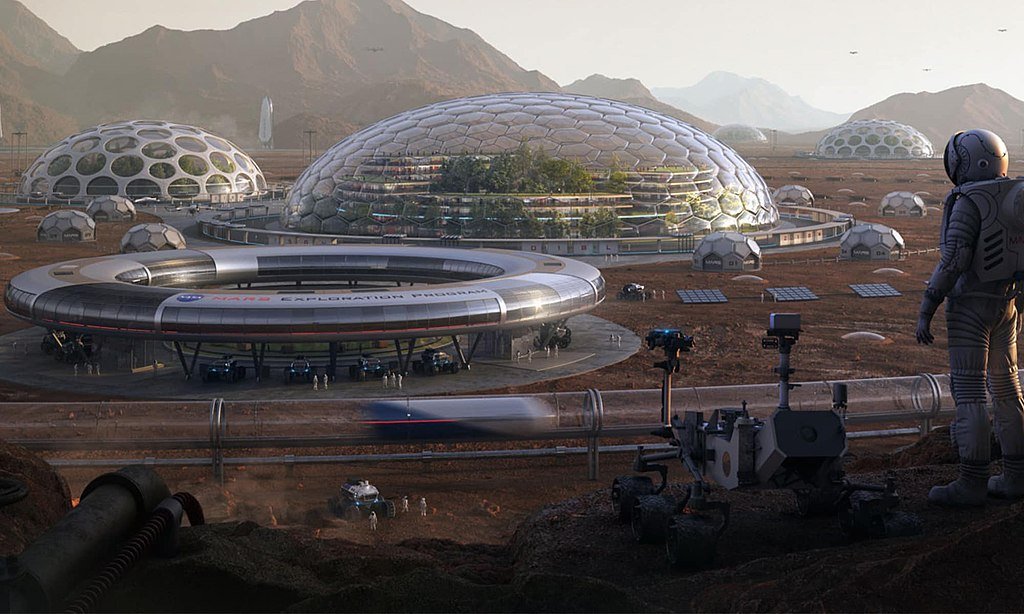
Should humans survive, our future is off-world. By the 2030s, NASA’s Artemis programme and SpaceX’s Starship hope to build lunar and Martian bases. Exoplanets like Proxima Centauri b orbiting inside a star’s habitable zone could provide haven beyond Mars.
But time is of limited availability. Colonizing another planet calls for millennia of technological advances. Should we fail, deoxygenation of Earth will serve as our epitaph.
Conclusion: Breathing While We Still Can
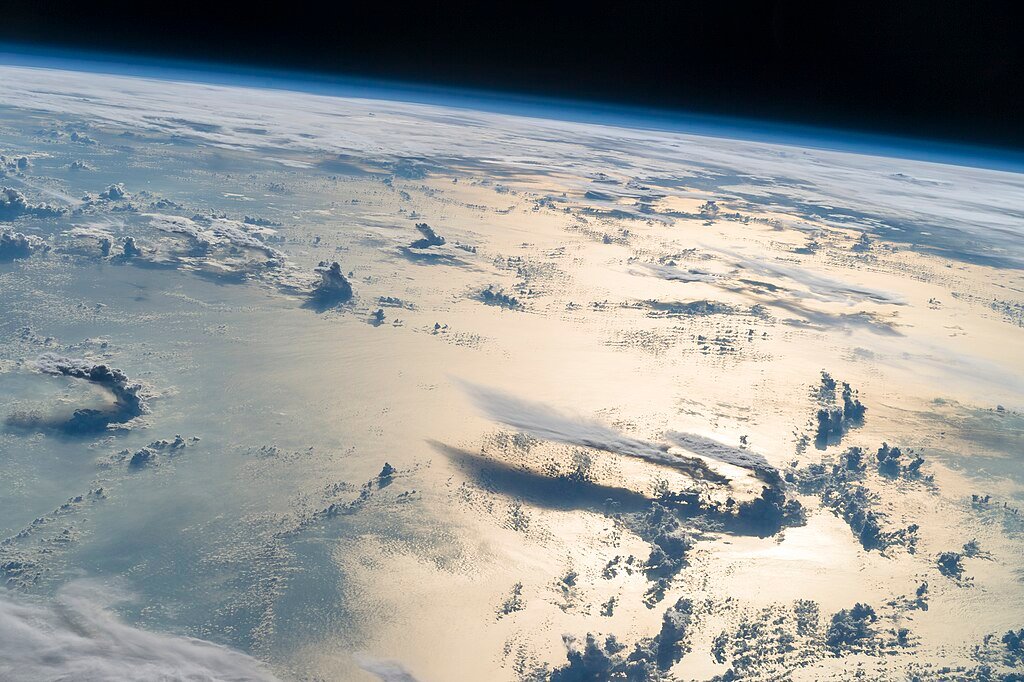
Though it is a slow-moving disaster, Earth’s oxygen crisis always begs a clear question: How much value do we give time? Though they pale against the certainty of a dead future, climate change, pollution, and deforestation are immediate threats. Maybe the lesson is stewardship rather than survival. Right now the air is still here. What then ought we do with it?
Sources:

Suhail Ahmed is a passionate digital professional and nature enthusiast with over 8 years of experience in content strategy, SEO, web development, and digital operations. Alongside his freelance journey, Suhail actively contributes to nature and wildlife platforms like Discover Wildlife, where he channels his curiosity for the planet into engaging, educational storytelling.
With a strong background in managing digital ecosystems — from ecommerce stores and WordPress websites to social media and automation — Suhail merges technical precision with creative insight. His content reflects a rare balance: SEO-friendly yet deeply human, data-informed yet emotionally resonant.
Driven by a love for discovery and storytelling, Suhail believes in using digital platforms to amplify causes that matter — especially those protecting Earth’s biodiversity and inspiring sustainable living. Whether he’s managing online projects or crafting wildlife content, his goal remains the same: to inform, inspire, and leave a positive digital footprint.

